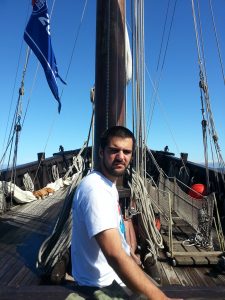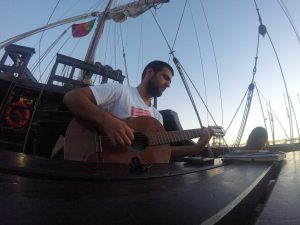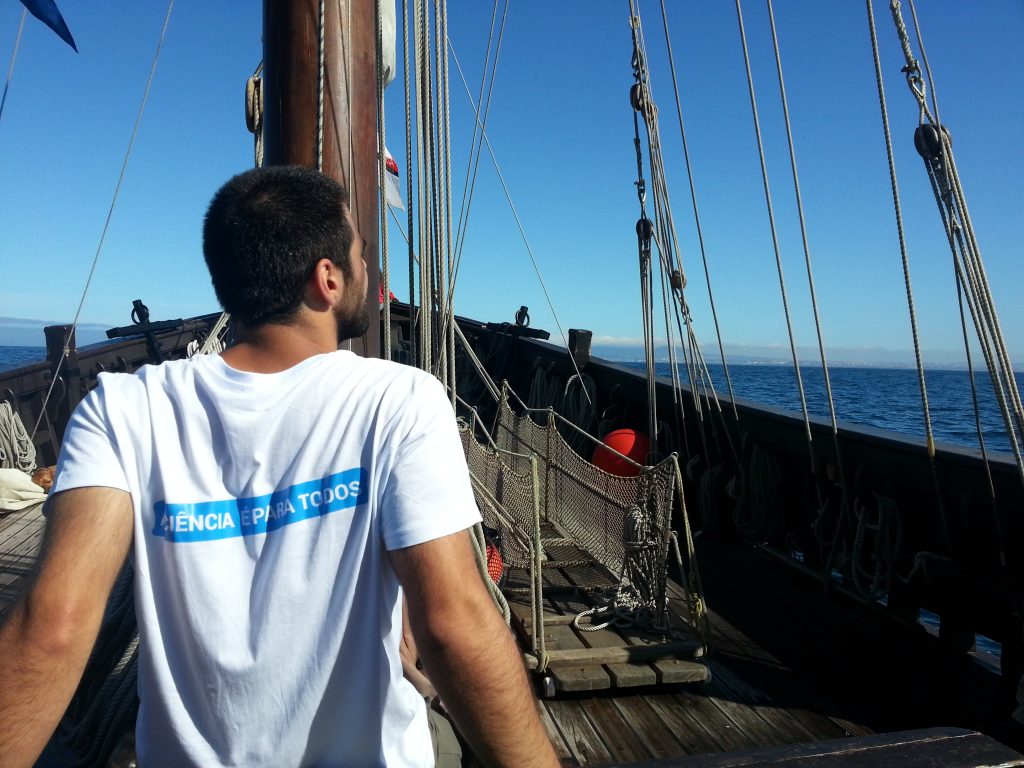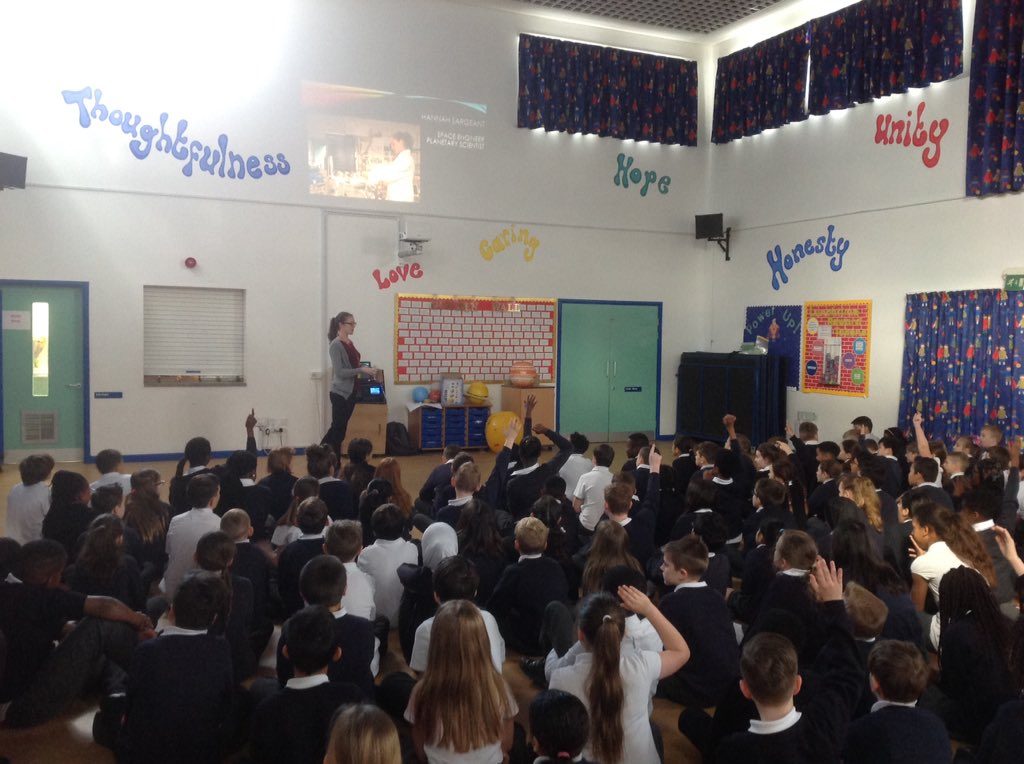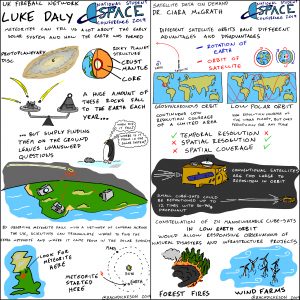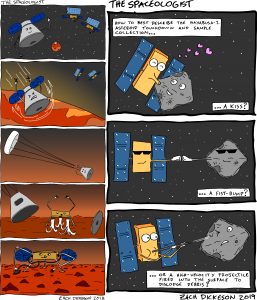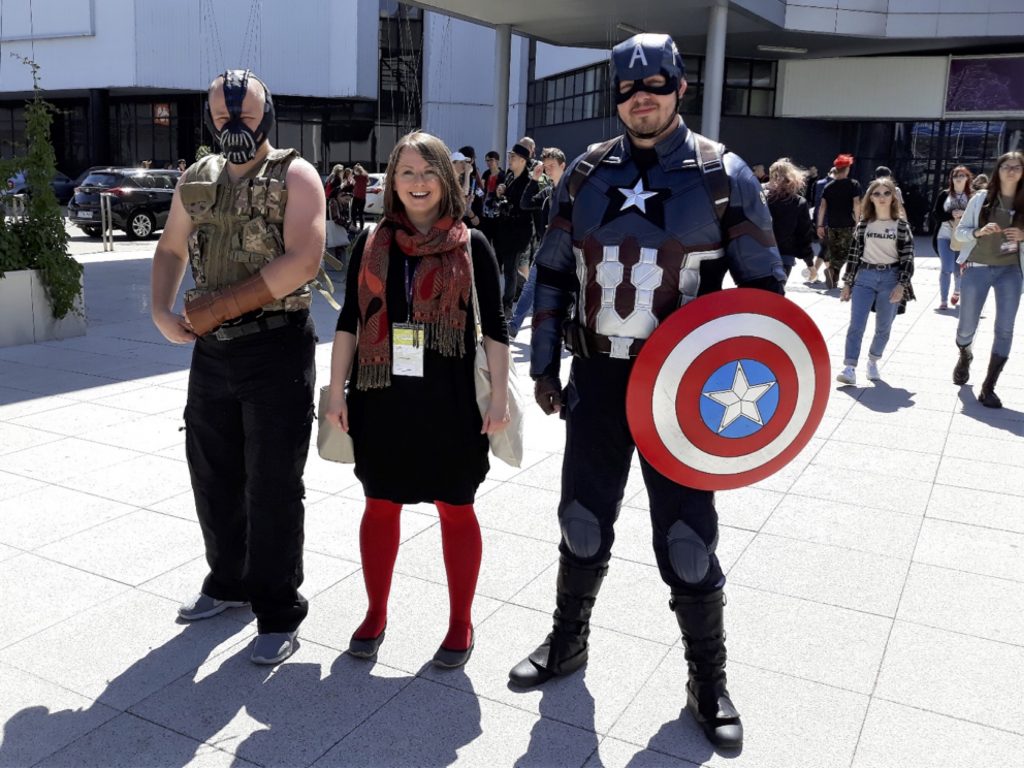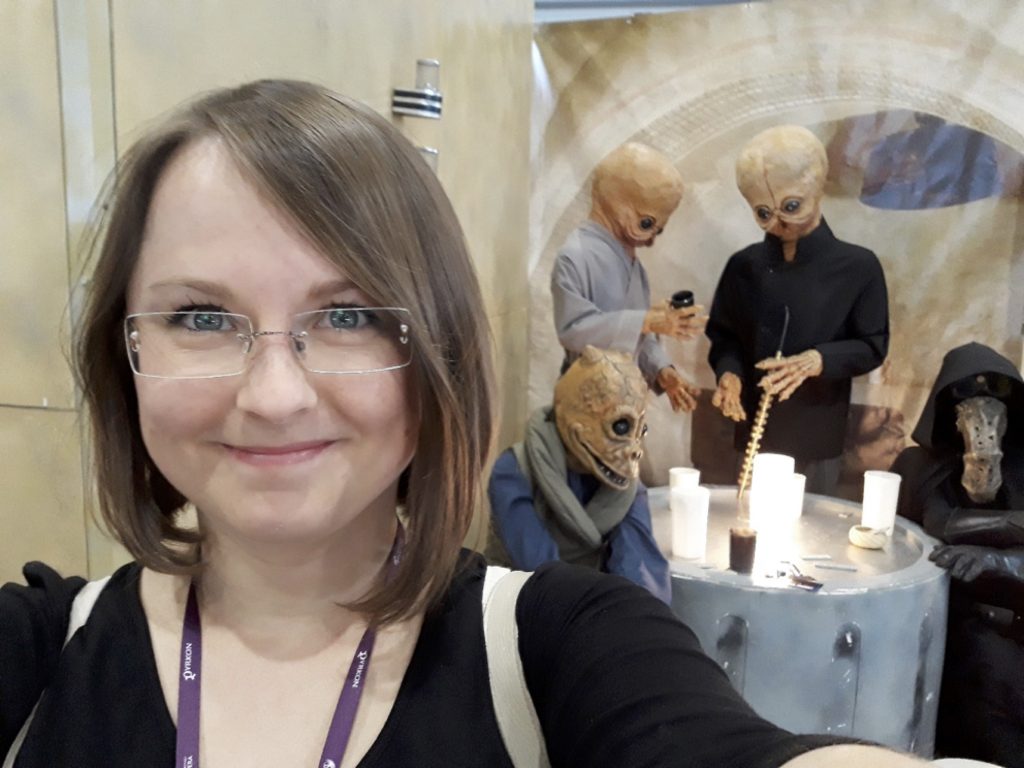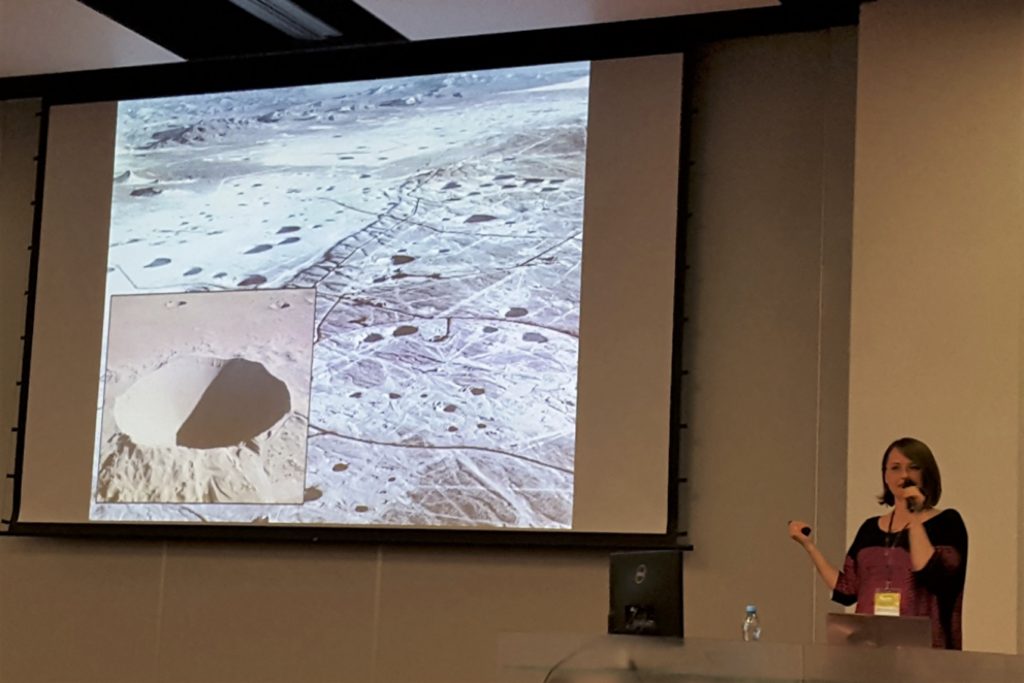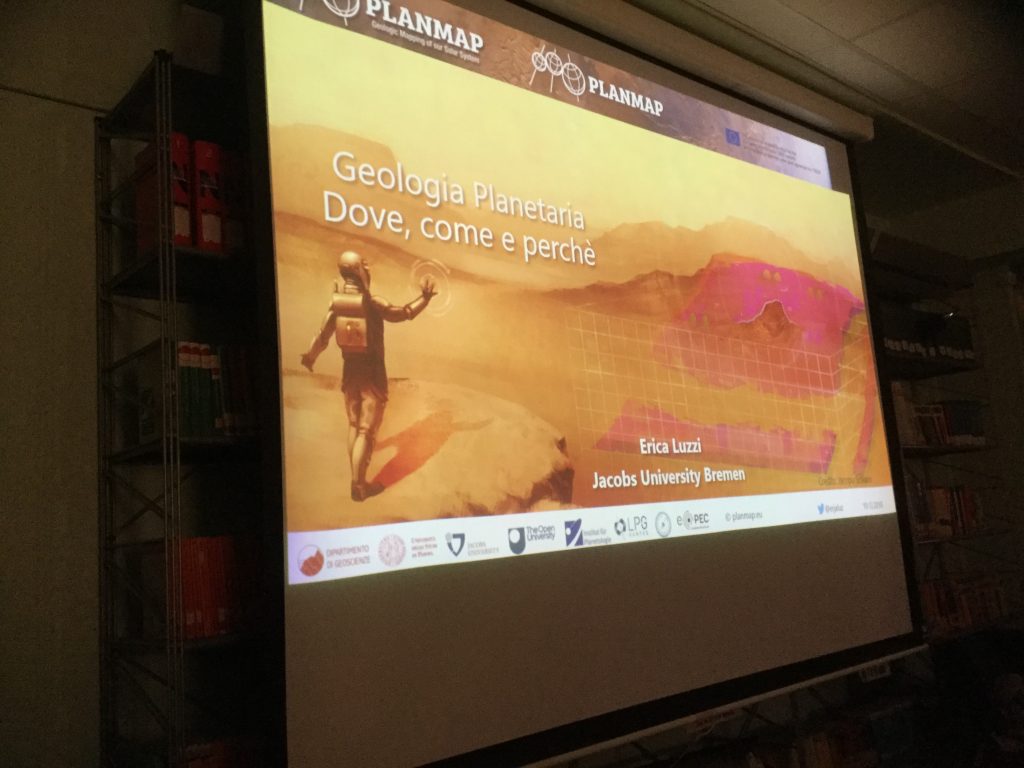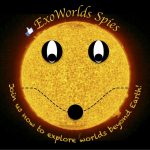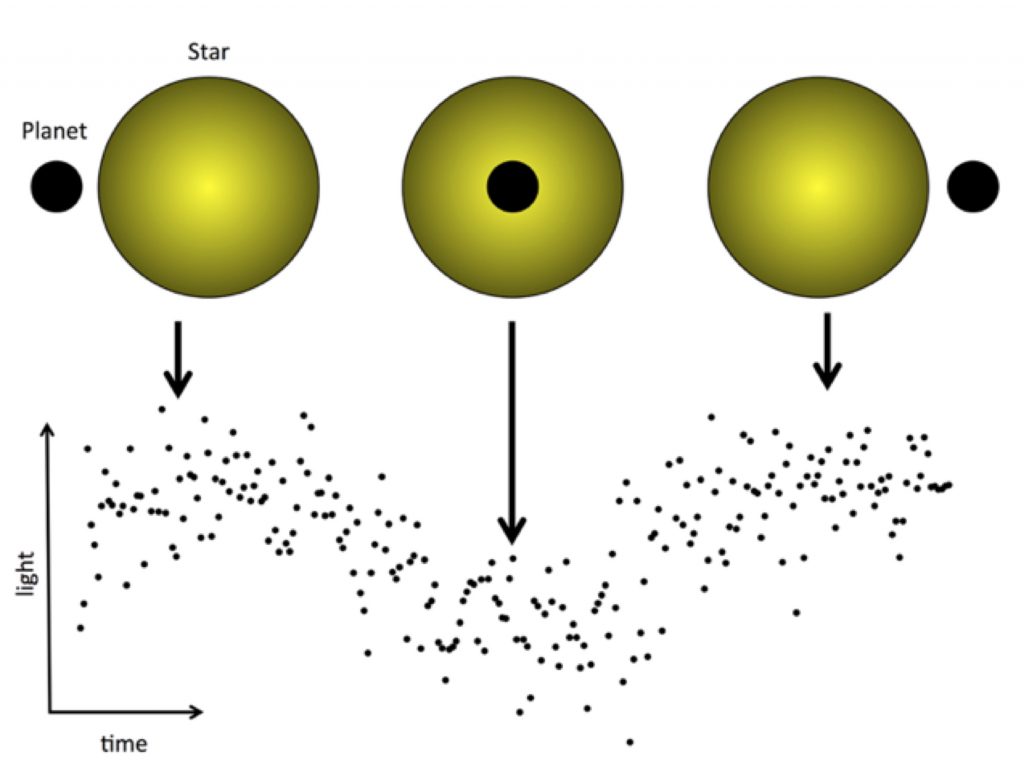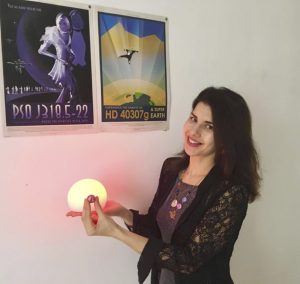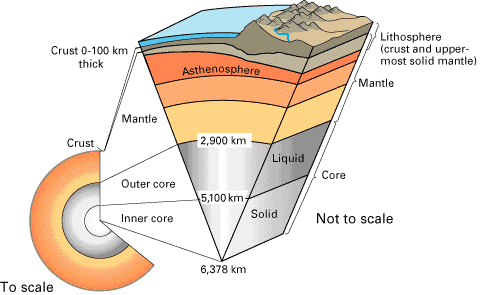Inspiring Stories – Sharing Science through Social Media
Talking to young people in their own language.
In this EPEC Inspiring Outreach Story, Jan Lukačevič from the Institute of Atmospheric Physics of the Czech Academy of Science tells us how to reach out to a young generation with science through social media!
In previous Inspiring Stories we have read about doodling, active participation in science projects, and other examples of involving young people in science. Are there any other ways of engaging youth and attracting them to a career in science? Well, there are! And as one meme says: “Modern times require modern solutions.”
Communicating science to members of the public is an integral part of a scientist’s job, although the importance of this role has developed over the years. Mocking or disrespect directed towards those willing to communicate science is hopefully becoming a thing of the past. More and more scientists understand the importance of public and political interest due to limited funding and a lack of human resources. What has also changed are the tools to pass on the latest scientific findings. It’s common to write up press releases for media and let the journalist do their job. At best, some scientists are involved in co-hosting shows on radio or TV, although this is more common in English speaking countries.
Currently, media in general are going through a shift. With increasing distrust in traditional media and low interest in printed media and radio amongst young people there’s a need to adjust ourselves to new tools and ways to reach them. Platforms such as YouTube, Facebook, Twitter or Instagram are becoming the main source of information for young people whether we like it or not.
However, there’s a catch in moving onto different communication platforms. It is not only about migrating the original content, but creating completely new content which is more suitable to the demands of young people.
That’s exactly what I did two years ago, when my friends in the marketing industry convinced me to give it a try. At first I was l very hesitant, doubting my scientific achievements (there were close to none), and whether I was the right person to do this. And since you might be having the same thoughts, here’s what they told me: “Your senior colleagues may be more established and successful than you, but to a young person interested in science it is much more helpful to see somebody younger that they can more easily identify with.”
Emboldened by this, I started creating posts about space physics, my daily duties, struggles and facts related to how I progressed to my current career. I decided to use my native language for two reasons: First, there’s plenty of English content available so it would be very difficult to compete in terms of quality and second, I wanted to have as few obstacles as possible while trying to reach local audiences and bring them relevant, localised content as every education and cultural system has its own specific needs.
So far, it’s been a great success. Using humour and pop cultural references, I have built up a base of over 6000 followers, working with major TV stations and newspapers in the country and teaming up with various companies to create campaigns promoting science to the general public. The most recent campaign promoted by a telecommunications operator consisted of building a lab to grow plants in Mars-like conditions, and has already generated millions of views and the progress (fingers crossed, we haven’t had the first harvest yet) is being covered by both TV stations and newspapers.
So what are you waiting for? Sharing your passion for science and interesting things directly with others has never been easier. Post about your successes, your failures, little happy moments from the research and stories of how you got involved in science. And if you ever struggle (don’t worry, it’s also a trial and error learning process for me), feel free to drop me a message on Instagram. I’ll be more than happy to help!
Do you like this story and want more? Browse our archive of EPEC Inspiring Stories and get inspired!
Title image: Star Forming Region NGC 3582 without Stars. Credit: Andrew Campbell

